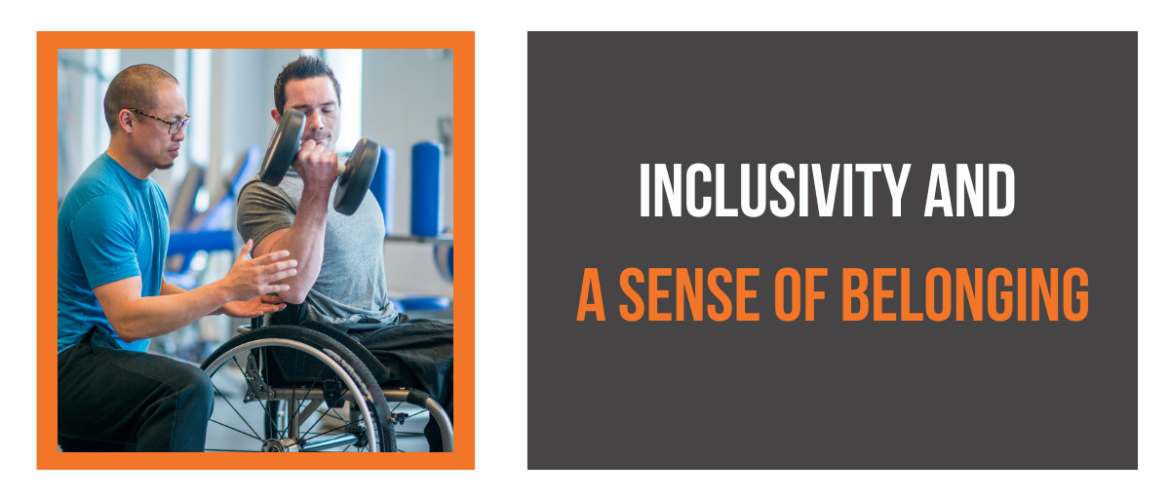GET IN TOUCH TODAY!
"*" indicates required fields

Personal training disabled clients is an incredibly rewarding career path that requires empathy, specialist knowledge, and a dedication to inclusivity. With over 14 million disabled people in the UK, according to Scope, this is a vital demographic for fitness professionals to serve. In this guide, we’ll explore how you can effectively support disabled clients, provide links to resources for further development, and highlight UK organisations promoting disability inclusion in fitness.
Although the fitness industry has made progress toward inclusivity, many disabled individuals still encounter barriers when accessing gyms or hiring personal trainers. Lack of awareness and insufficient training are often the primary obstacles.
First, you must obtain a Level 3 Personal Training Qualification, which provides the foundational skills needed to work with a variety of clients, including those with disabilities. To specialise further, you could pursue additional training, such as CPD workshops and e-learning and shadowing experience with clients currently working with clients with disabilities. This would equip you with the knowledge to design safe and inclusive exercise programmes.
Understand your client’s medical history, abilities, and goals. Collaborate with healthcare professionals where necessary to ensure you design a safe and tailored programme.
Discuss with your clients how they prefer to communicate. Some may benefit from verbal instructions, while others might need visual demonstrations or tactile cues.
Be innovative in modifying exercises and use adaptive equipment, such as resistance bands for seated exercises or specialised gym machines like hand cycles.
Empower clients by teaching them exercises they can perform confidently on their own, both at home and in the gym.
Ensure your gym meets accessibility standards, including ramps, lifts, and disabled-friendly changing facilities.
Regularly train your staff on disability awareness and inclusivity to create a welcoming environment for all clients.
Work with local disability groups to better understand client needs and promote your services as a personal trainer.
Our NEW updated Level 2 Gym Instruction course curriculum includes working with clients with disabilities, ensuring you can create inclusive and effective fitness programmes for all abilities.
Get in touch today to learn more about our courses. Fill out our contact form to discuss how we can support your professional development.
"*" indicates required fields